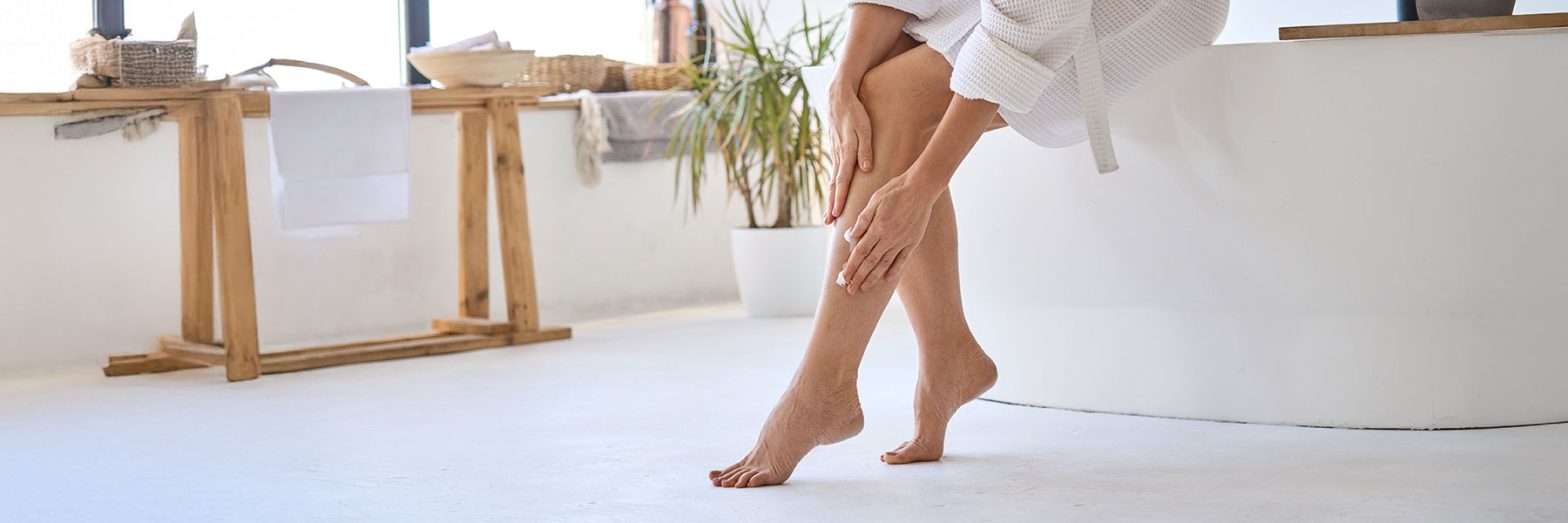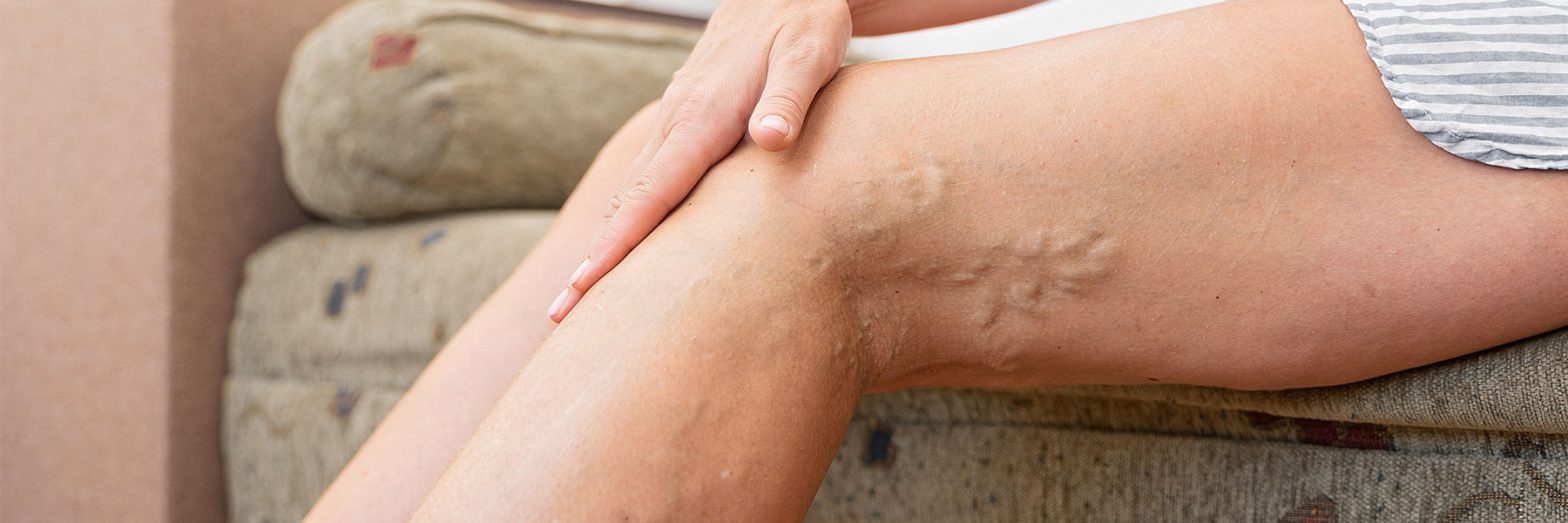
Varicose Leg Veins: The Best Treatments to Remove Them
Having varicose veins on your legs is common for a vast range of different people. It is estimated that 20% of all adults will get varicose veins at some point in their lives, and they often occur in the legs. As well as being a cosmetic issue, varicose leg veins can also cause sufferers a lot of discomfort. If left untreated, they can lead to major complications like blood clots or open sores on your legs. This is why it is important to seek out treatments that get rid of leg veins safely.
In this article, we discuss some of the best leg vein removal treatments. We focus on cutting-edge treatments that are minimally invasive and those that can diminish your leg vein symptoms while preventing future complications from occurring.
What causes varicose veins in the legs?
Varicose leg veins develop when small valves in your veins start to weaken. These crucial valves regulate the blood flow through your leg veins and prevent blood from flowing backwards through them. When they become damaged, blood flows backwards and starts to pool inside the vein channel (a process called ‘venous reflux). This process directly leads to varicose veins as blood collects in the damaged vein, causing it to swell.
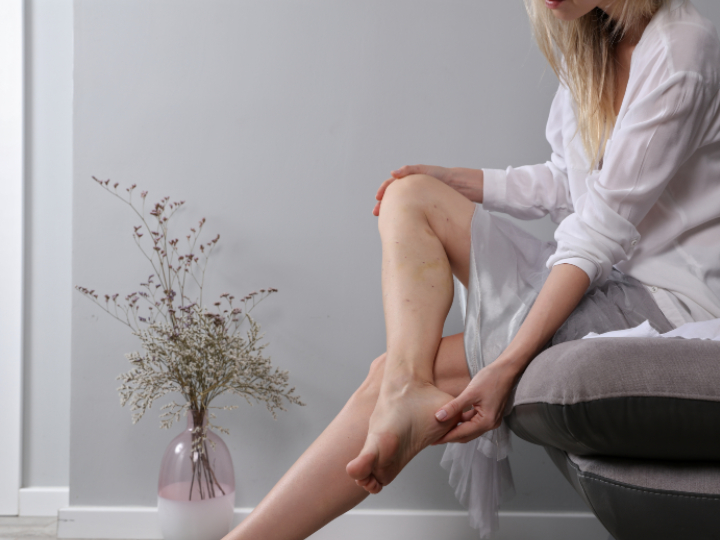
Swollen, enlarged and twisted leg veins then become visible. These varicose leg veins are often dark blue or purple in appearance. In many cases, they bulge out from underneath the skin, leaving patients with an uneven and bumpy skin tone. Patients may also suffer from smaller thread vegs in their legs, which occur just below the skin. These typically appear in a spider-like pattern, hence the name ‘spider veins.’
Symptoms of Varicose Leg Veins
Having varicose leg veins doesn’t just impinge on your self-confidence or your summer trips to the beach. While many patients suffer from the damaging visual effects of varicose leg veins, like feeling less comfortable wearing short clothing in the summer, varicose veins can have a range of more troublesome physical symptoms. Common leg vein symptoms include:
- Visible veins on legs
- Swelling in the legs
- Aching legs and muscle cramps
- Burning and throbbing sensation in the legs
- Tired Legs
- Leg Numbness
- Dry or itchy skin across the legs
With these debilitating symptoms in mind, removing varicose leg veins can make a huge difference to your quality of life.
How to get rid of varicose veins in legs
Treatment options for varicose leg veins range from lifestyle changes to using minimally invasive treatments. Some people are at higher risk of developing varicose leg veins than others. For example, if a person in your family has suffered from leg veins, then you are more likely to be at risk. Varicose veins also become more common as people age and during pregnancy. People who sit for long periods without exercise can also inadvertently increase pressure on their leg veins.

When considering these risk factors, people can take a range of actions to potentially limit the likelihood of varicose leg veins occurring. Evidence shows that the following self-care treatments may help to prevent varicose veins on the legs, as well as minimise the impacts:
Self-care treatments to stop varicose veins on the legs
- Weight loss —excess weight puts additional strain on leg veins, so losing weight with diet and exercise can minimise the severity of symptoms
- Exercise– exercise improves blood circulation from your legs to your heart and can help to improve leg strength and flexibility
- Stay active– move your feet and legs whenever you have been sitting still for long periods of time, like when you are sitting at your desk at work all day. Take breaks to get moving
- Avoid high heels – wearing high heels can increase the pressure on your leg veins, raising the likelihood of blood accumulating and pooling in a damaged vein
- Wear compression stockings – these figure-hugging stockings help to reduce and prevent leg swelling while decreasing the risk of blood clots
- Elevate your leg – when you elevate your legs using a footstool, for example, it prevents blood flow from pooling in your lower legs and relieves pressure on your leg veins
However, even by following these preventative and alleviating measures, there is no guarantee that you can completely stop varicose leg veins from occurring, particularly if genetics or age factors are playing a primary role. If varicose leg veins form, patients should seek to remove varicose veins in the legs before any long-term damage or serious complications occur.
How to remove varicose veins in your legs
Many effective medical treatments now exist to directly remove damaged varicose veins in the legs. Treatment options have come a long way in the last 10 to 20 years, meaning that leg vein sufferers can now treat their legs without resorting to invasive traditional procedures like vein stripping, which were notorious for their pain and significant recovery times. New treatments like minimally invasive lasers and medical-grade glue treatments can dissolve and destroy damaged varicose leg veins quickly and effectively without the patient having to undergo overnight surgery. The best treatments involve minimal patient scarring and a short period of at-home recovery.

Types of treatment for leg varicose veins
With so many leg vein treatments on offer, patients should seek out a consultation with an experienced vascular surgeon first. These specialists can adequately and accurately assess the nature and severity of your leg vein problem. During this consultation, your vascular surgeon will undertake an advanced Duplex UltraSound Scan of your legs. This will give the vascular specialist an in-depth 3D analysis of the damage to your leg veins.
This helps to guide the surgeon in recommending a suitable treatment that will work for your specific needs. If you have superficial leg veins that are just below the skin’s surface, then a laser treatment may be the most suitable treatment to go for. But if you suffer from larger or deeper varicose leg veins, then treatments like foam sclerotherapy may be better. This is why having a Duplex Ultrasound Scan is so important when deciding which type of vein treatment to go for.
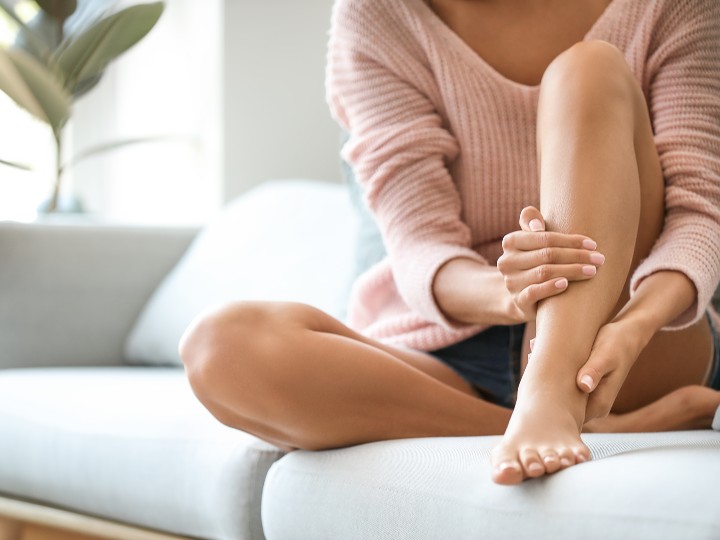
What is the best treatment for leg vein removal?
The following leg vein removal treatments have the best results. However, your vascular surgeon will advise on the best treatment to take after reviewing your individual case. The National Institute of Health and Care Excellence (NICE) has also officially endorsed some of the treatments, including EVLA and Foam Sclerotherapy:
1. EVLA (Endovenous Laser Ablation)
EVLA, or Endovenous Laser Ablation, is one of the leading minimally invasive methods to remove dysfunctional varicose leg veins. It takes approximately 45 minutes to perform, making it one of the easiest treatments for patients to undergo. It uses a specialised laser to target the damaged leg vein with pulses of heat. A tiny incision is made first after a local anaesthetic before the laser is inserted into the leg to seal off the targeted vein.
Thanks to the minimal incision, the chances of scarring are very small. The heat then works to rapidly seal up and close the damaged vein channel. Within just a few weeks, the vein breaks down naturally before being removed from the body through natural processes. The National Institute for Health and Care Excellence (NICE) has rated the treatment as the optimal Gold-Standard for treating varicose veins in the legs, with a clinically proven 98% success rate, and visible results after just 4-6 weeks.
2. VenaSeal™
VenaSeal is another top choice for leg vein removal. This rapid day-case treatment typically only takes 30 to 60 minutes to perform. It destroys damaged varicose leg veins by injecting a specialised medical-grade glue into the affected vein under local anaesthetic. This strategic vein-shrivelling superglue is known as ‘Sapheon.’ It is delivered into a damaged vein using a small catheter device before the glue itself is injected by a vascular surgeon into the vein channel. Upon application, the glue disperses throughout the vein channel and glues the vein walls shut, so that blood will no longer pool and collect in the leg vein. Once the vein is sealed off, it will harden before being naturally absorbed by the body. Blood flow is naturally rerouted through healthier surrounding veins, and the problematic venous reflux issue is fixed.
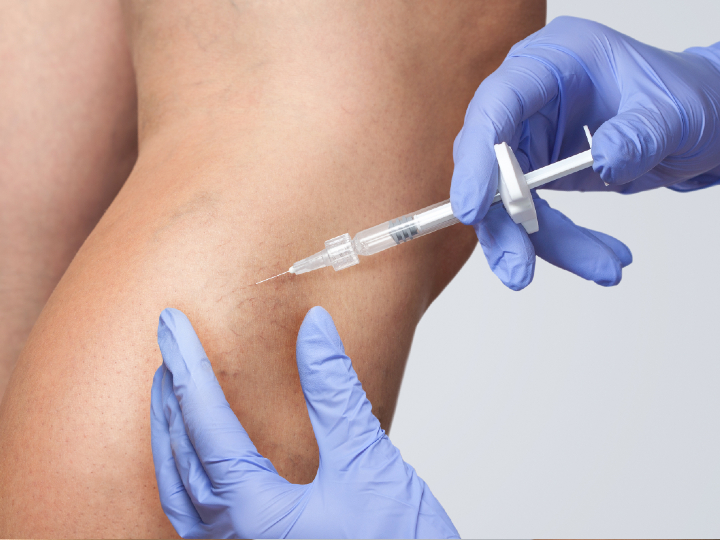
3. Foam and liquid Sclerotherapy
Sclerotherapy treatments inject a liquid or foam solution called a ‘sclerosant’ into leg veins to shrink them. NICE recommends foam sclerotherapy as a leading minimally invasive method to remove varicose veins painlessly and effectively. The treatment only takes 30 minutes to perform under a local anaesthetic, and it is ideal for patients who need to remove smaller varicose leg veins that are closer to the skin’s surface, such as thread veins.
The foamy substance coats the vein walls to push blood out of the affected channel. The vein walls then stick together and close, before shrinking and being naturally dispelled from the body. The liquid version of the treatment uses a similar sclerotic agent, but in a liquid form. This version suits small leg veins like thread veins, while the foam version works better on leg veins that are deeper below the skin.
4. Phlebectomy
A phlebectomy is one of the oldest minimally invasive varicose vein removal treatments and involves using a small scalpel and hook device to physically remove superficial surface veins just below the skin’s surface. If a patient is suffering from extremely large bulging varicose veins that are close to the skin’s surface, then this treatment is often the most effective. A local anaesthetic is applied to the treatment area first to minimise any pain and discomfort. The vascular surgeon then cuts a tiny opening into the skin using a scalpel, before a tiny hook-shaped device is inserted to remove the damaged varicose vein.
When compared to gold-standard leg vein treatments like EVLA, it is certainly more invasive. However, studies have verified its impressive success rate, with 95% of phlebectomy patients experiencing significant relief from pain and symptoms after having the treatment completed. It also has a fast recovery time and leaves no obvious scarring for the vast majority of patients.

Leg Vein Treatments at The Private Clinic
At The Private Clinic, we are UK experts at delivering these leading leg vein removal treatments. As a multi-award-winning clinical practice, with locations across the country, we make it easy and convenient for patients to treat their leg veins with proven clinical success and minimal downtime.
Our highly trained surgeons are at the forefront of leg vein treatments, with many of them having worked directly in developing and bringing the treatments to the UK market, like EVLA, the current gold standard. We perform over 7,000 vein treatments each year, and have a 5-Star Trustpilot score, which reflects our dedication to high standards and exceptional patient results. See a sample of our leg varicose vein before and after images below and on our varicose veins removal page.
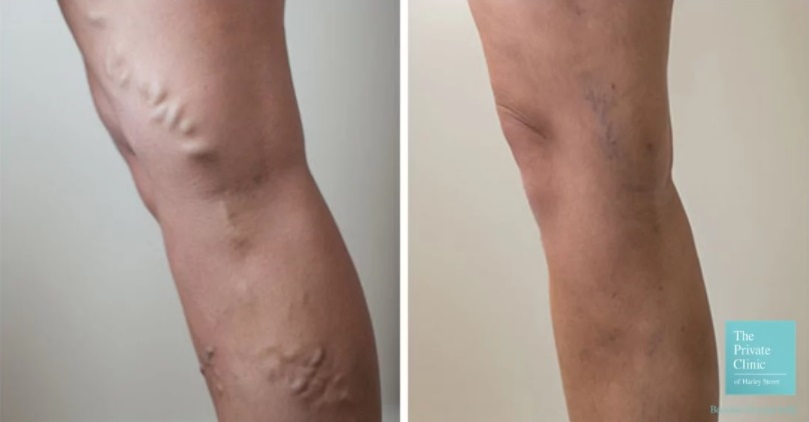
If you would like to find out more about our minimally invasive leg vein treatments, and which one would be best for you, complete our online varicose vein consultation form and we will get in touch to support you. Alternatively, you can contact us on 0333 920 2471 where we will be happy to help. As a UK-wide treatment provider, we have accessible clinic locations throughout the country in London Harley Street, Birmingham, Buckinghamshire, Leeds, Manchester and Northampton.







